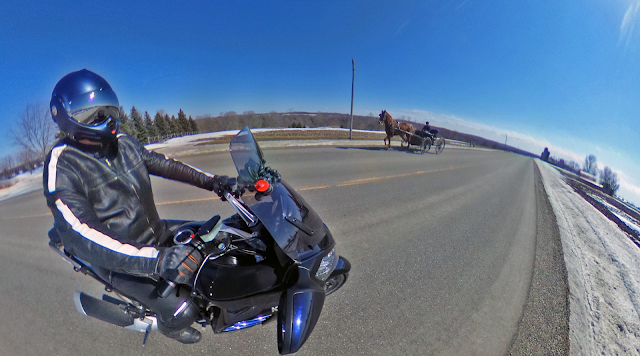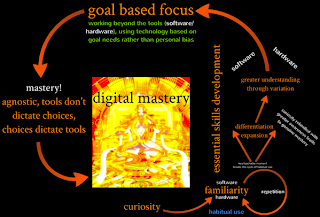The weather’s all over the place at the beginning of March this year. Last weekend I had both road-ready bikes out for a shakedown, this weekend we’re skiing in -20°C windchill; that’s the road I was riding on last week.
As GP from Hammy Hamster would say, ‘the elephants are against us.’ With the outside trying to kill us again, I’m focusing on doing a complete tear down of the 1971 Triumph Bonneville project. I was originally going to see if I could get the bike in motion as it is, but a combination of factors including 1971 Triumph build quality and the early 80s muppet who tried and failed to turn the bike into a chopper’s spannering skills have me now approaching this as a frame up restoration.
I’ve been working around the edges which has been good for reconnaissance in determining what state the bike is in, but now that I’m committed to doing the bike from the frame up the first job was to remove the bottom end of the motor and clear the way for a frame restoration:
The bottom end was surprisingly light and easy to lift out of the frame and none of the frame to engine bolts caused any problems. Some were quite loose, so a frame up resto is making more and more sense as I don’t trust anything the chopper muppet did to the bike circa 1983.

I’ve left the frame on the bench as I continue to strip it of accessories. The last time I did some coating work on a project bike it was with Fireball Coatings in Elora but seven years on they seem to have evaporated. I’ve been looking for alternate (and hopefully better) options and KC Coatings in Guelph looks promising. I intend to get in touch with them and see if we can shot blast and powder coat the Bonneville frame, I just have to make sure they can do it on a complicated oil-in-frame design like this one. Powder coating adds thickness and can cause problems with fasteners and fitting things back together so I need to find out if KC understands that and can can work with this one so that its mechanical pieces will still fit back together.
Following the frame I’ll sort out both wheels (bearings, tires and inner tubes) before getting the rolling chassis back together and then rebuilding the motor with my swish new 750cc head.
 |
| Motor out and on a pop up workbench by the window. It’s lighter than it looks. |
 |
| I set up the Black & Decker WorkMate by the back door to the garage to give me somewhere to work on the bottom end of the motor. With the engine split and out of the frame, I can lift the parts off the bike around easily. I might put the bench away and make some space while the project is in pieces. |
Resources & Links
Power-coating Specialist in Guelph for the frame:
https://www.kccoatingsltd.com/contact
Where to find tires:
Revco is fantastic at shipping (even during a pandemic) and very transparent and communicative with delivery times. Everything I’ve gotten from them has been expertly packed, is new stock (no old/new tires). They know what they’re doing with motorsport tires.
How to DIY your own fender:
https://purposebuiltmoto.com/how-to-make-a-diy-motorcycle-fender/
If I had more space I’d have welding kit and an English Wheel set up in the workshop and get into a lot more fabrication. I’d go digital too. A industrial sized 3d printer would make me dangerous: https://tkmotorcyclediaries.blogspot.com/2015/11/iihtm-digital-workshop.html
from Blogger https://ift.tt/tglAWfI
via IFTTT




































































